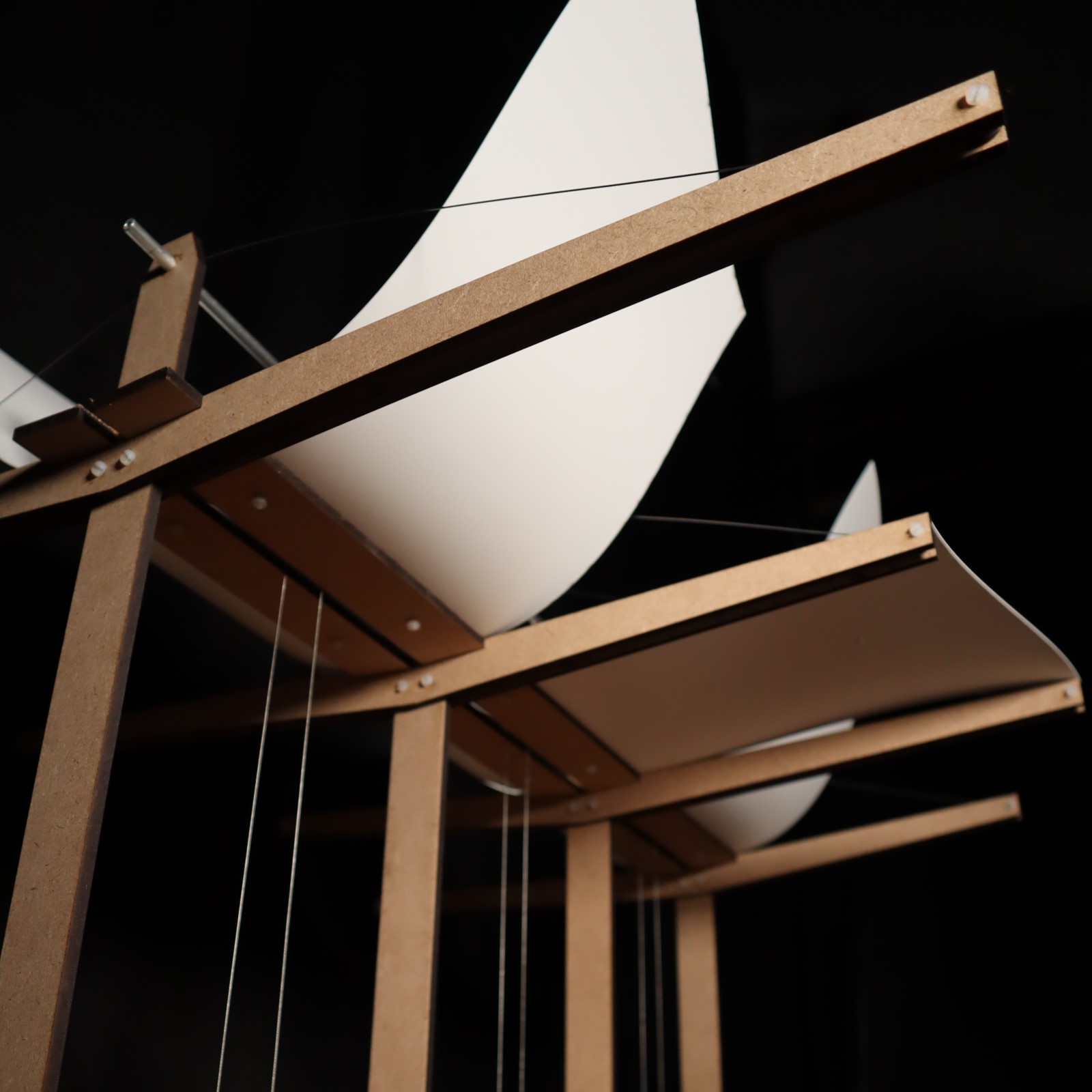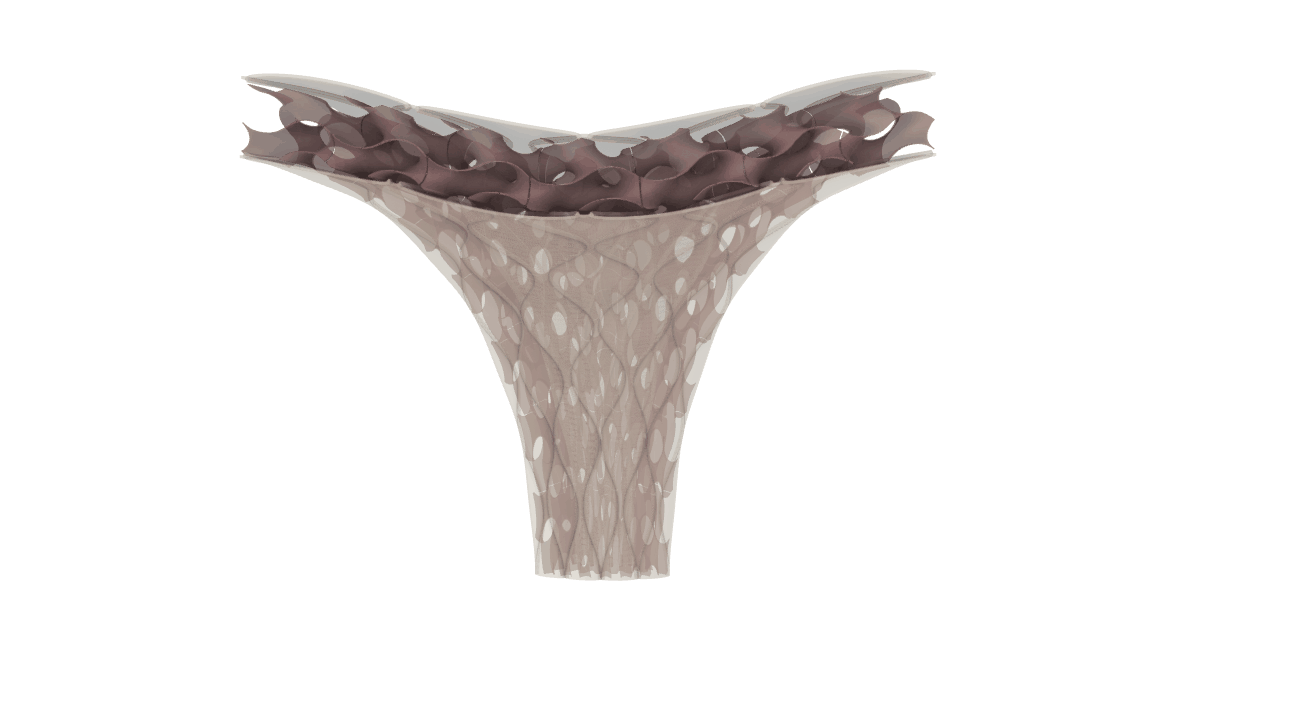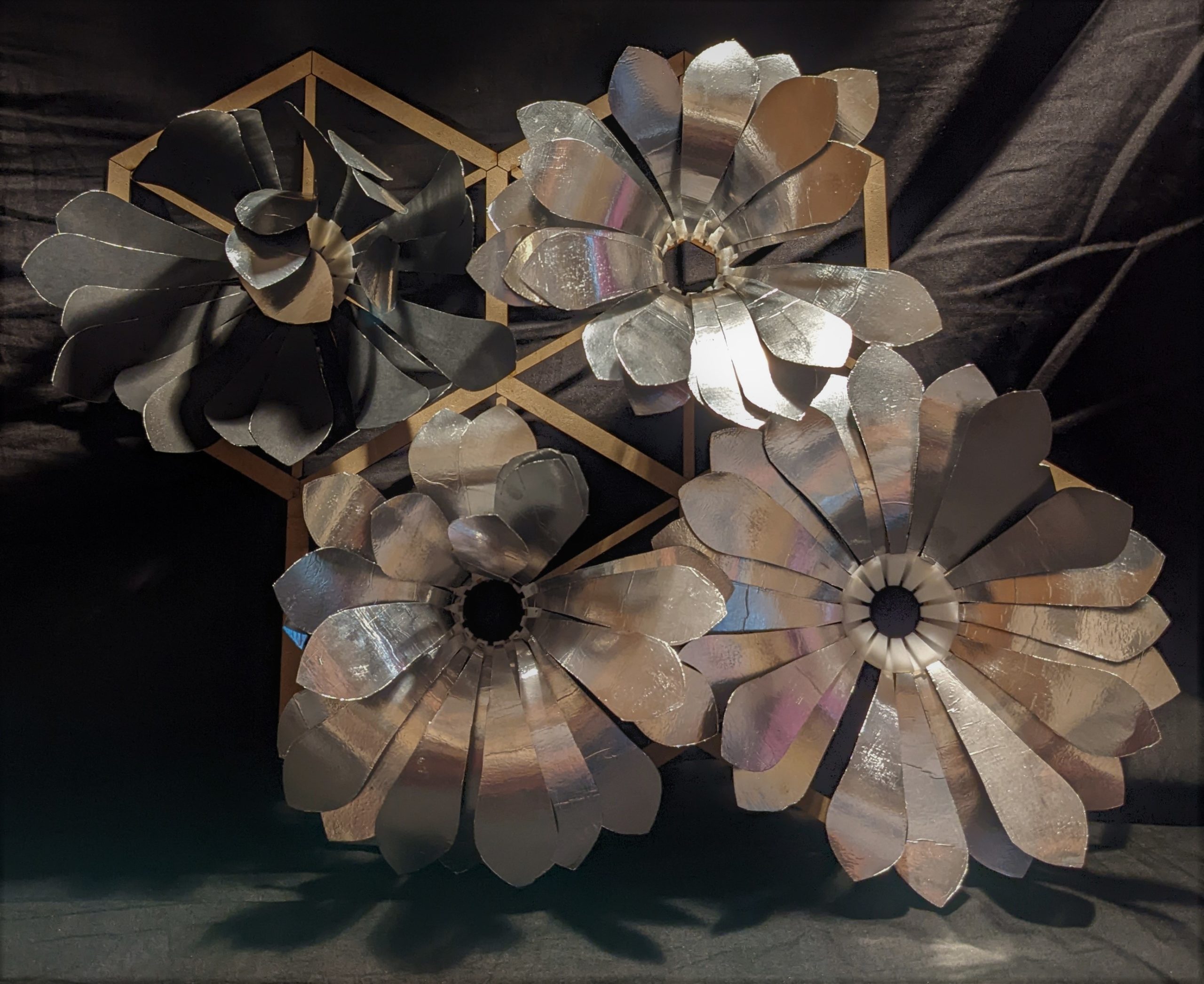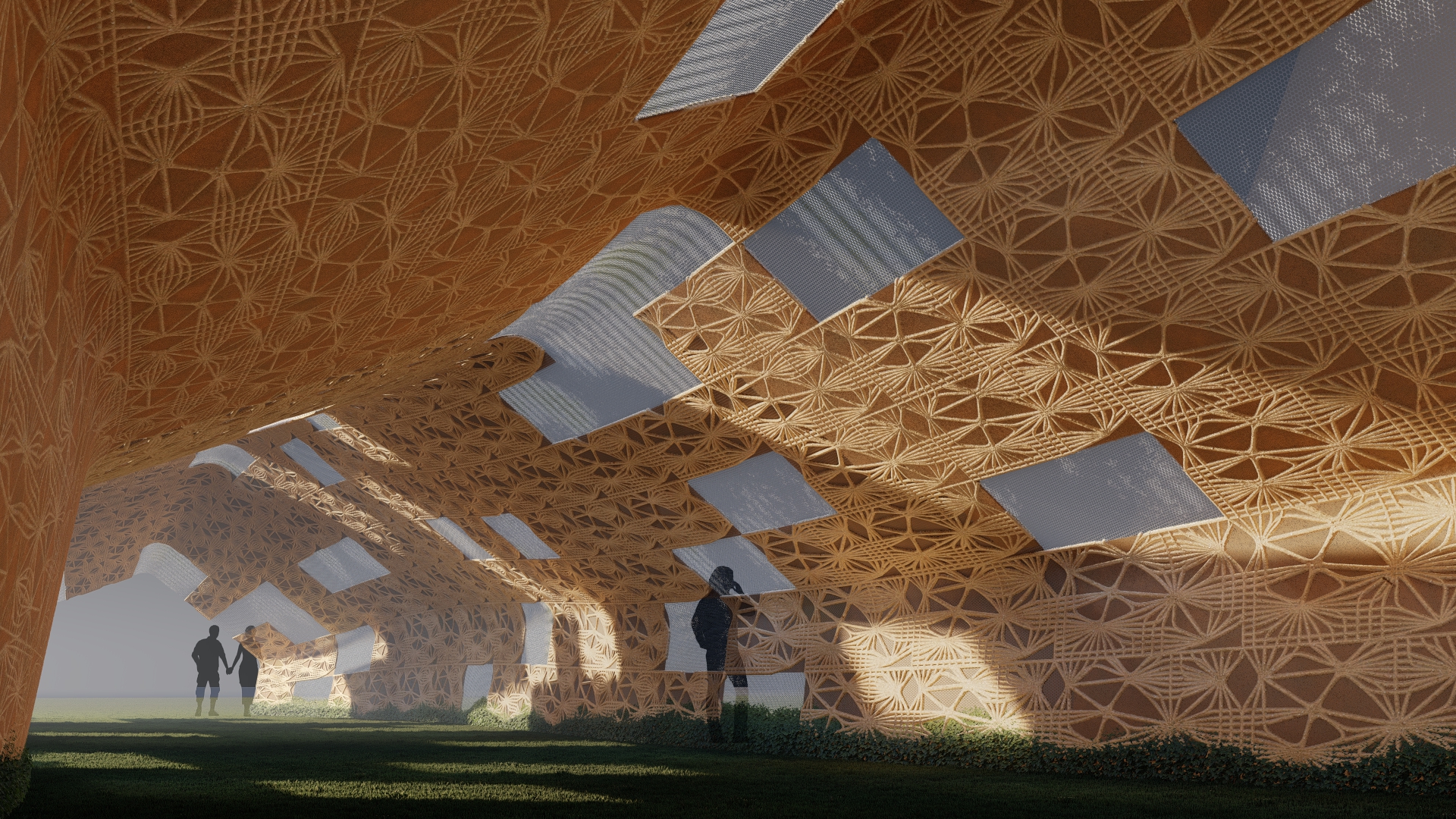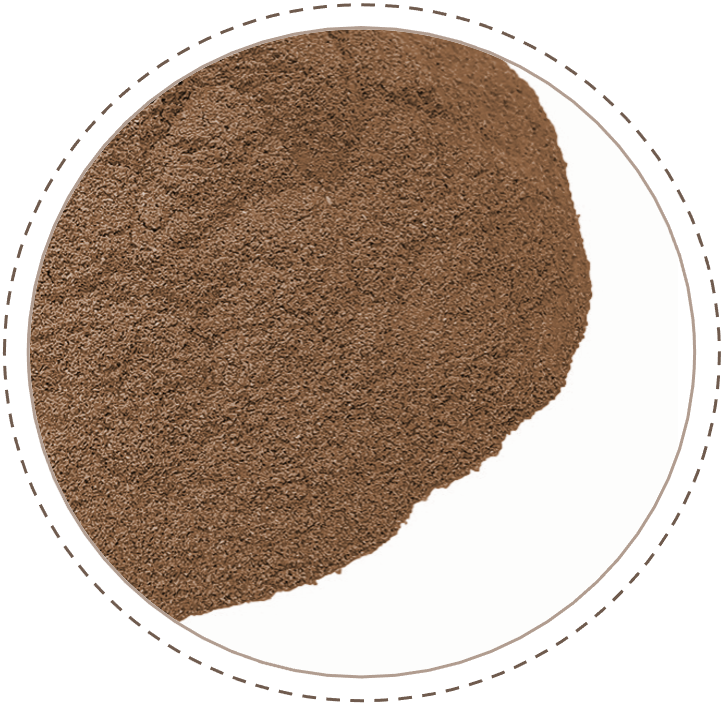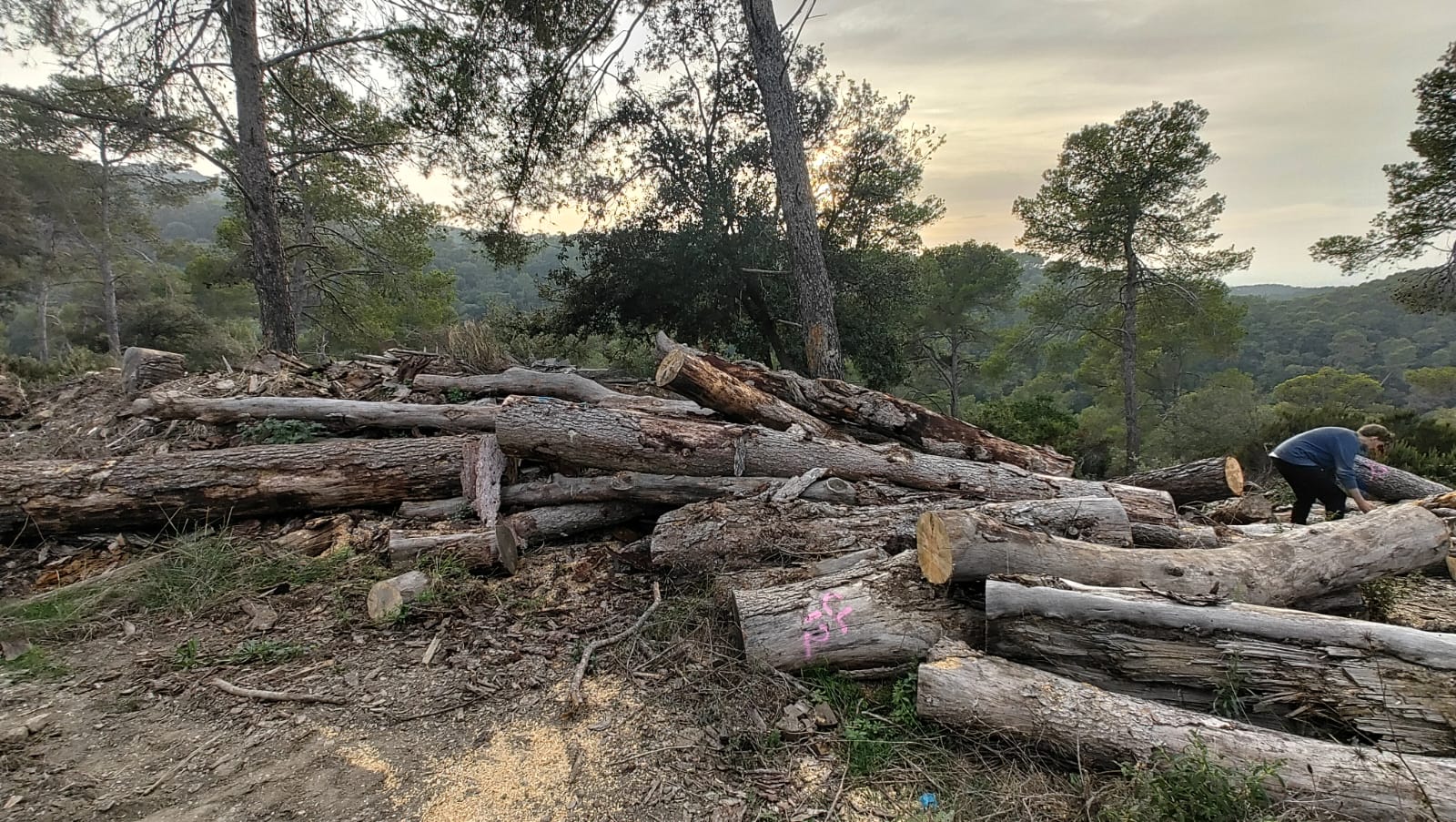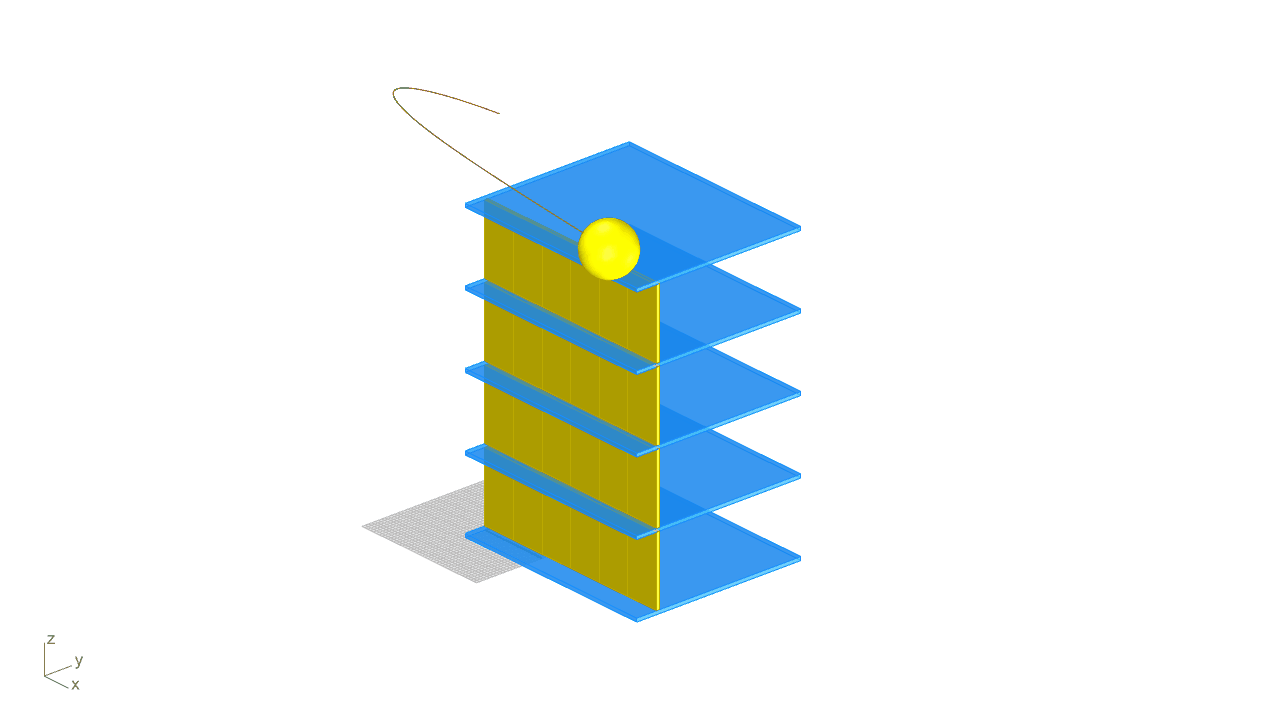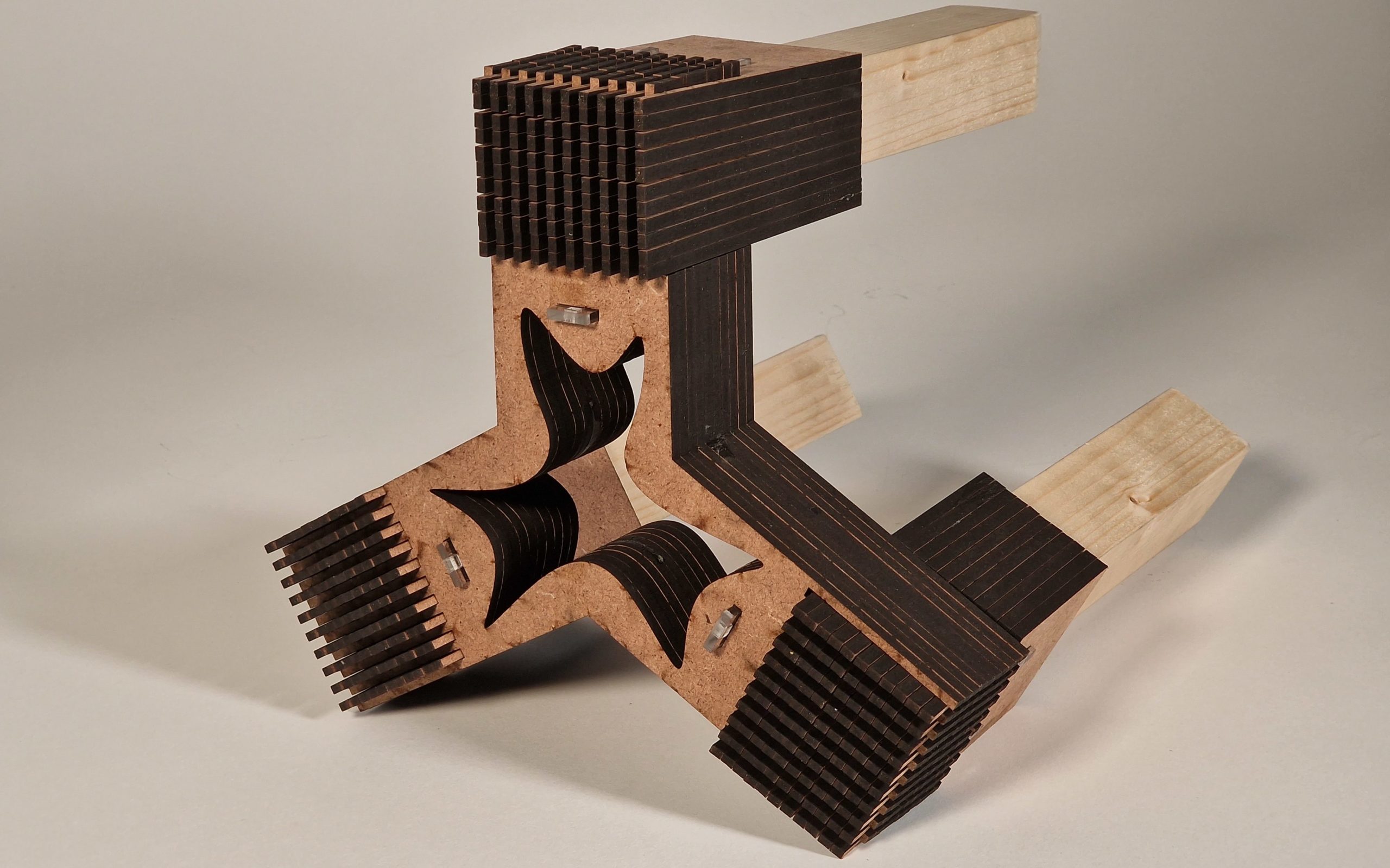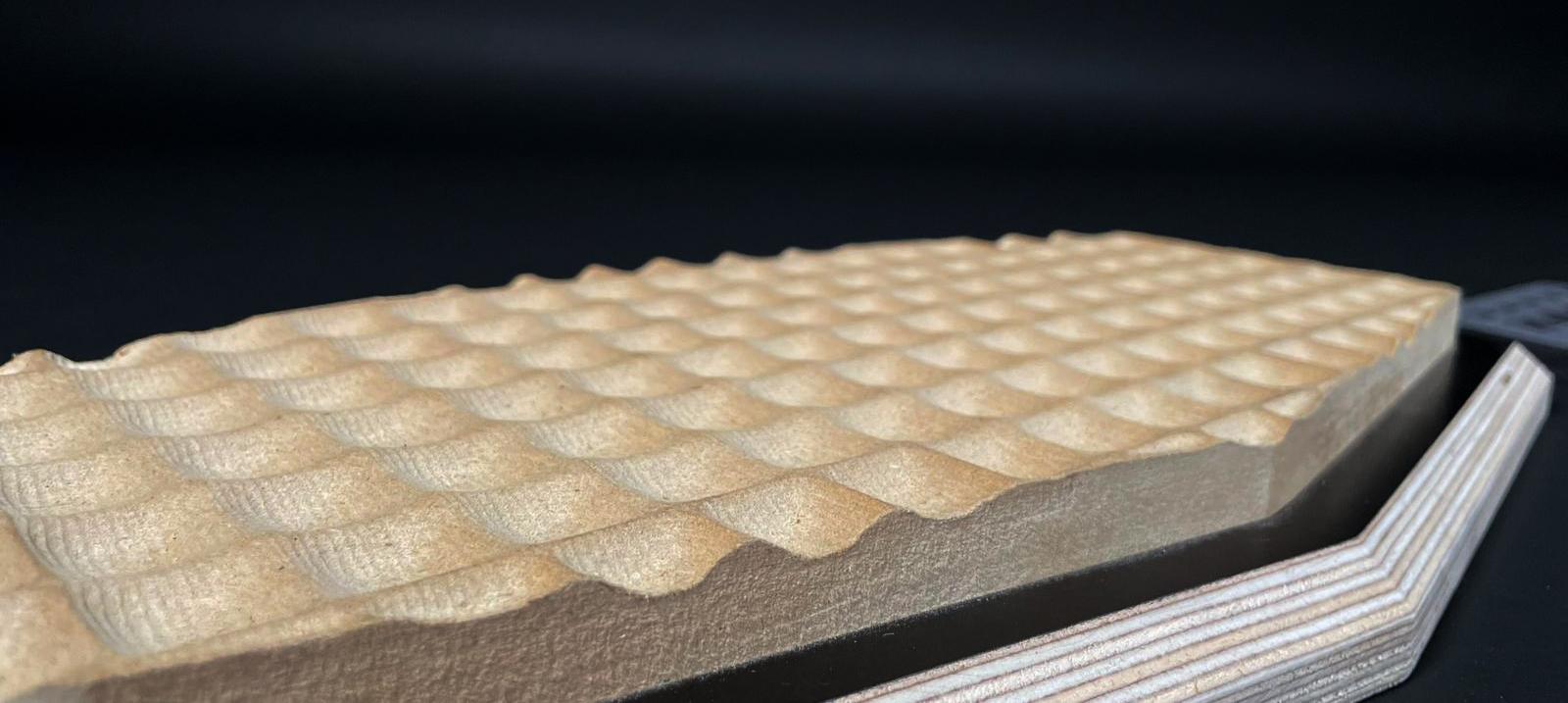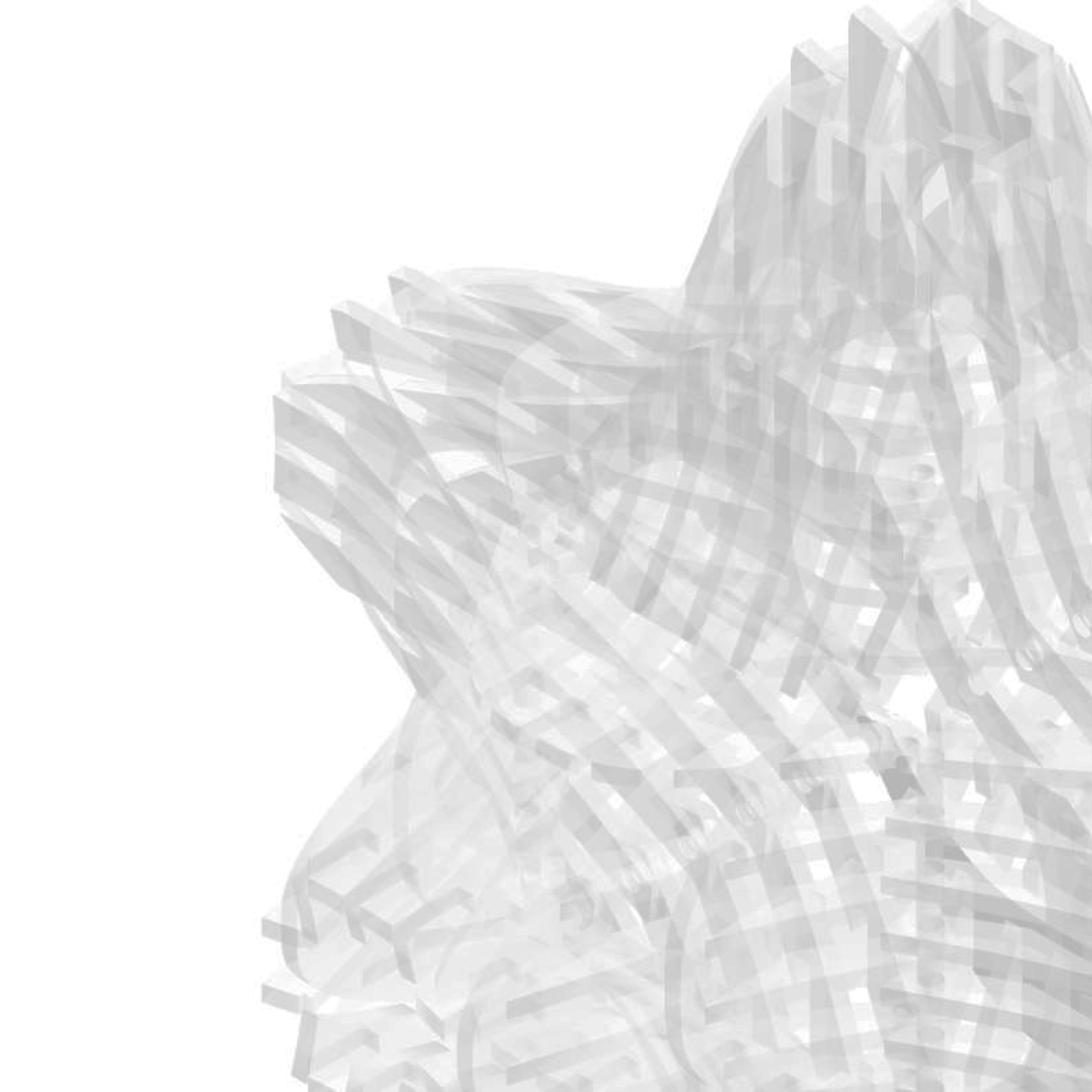UNFURL
Adaptive shading system Concept The project aims to create a shading installation that reacts to the pressure under it. The movement in the shade occurs when a person or a vehicle is under a module of the shade, triggering the opening of only that module. Location For the site for the installation we chose the … Read more

